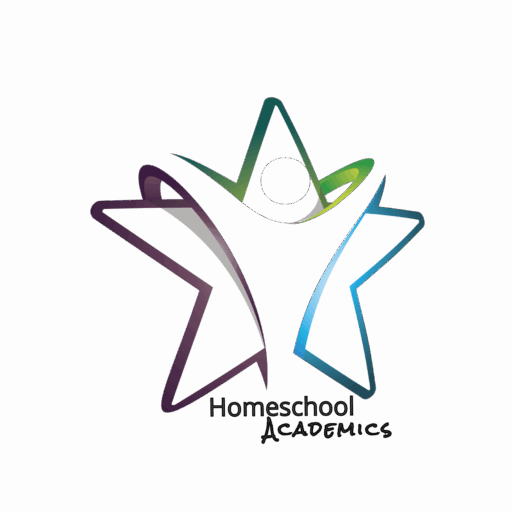Traditional homeschooling refers to educating children at home that follows a curriculum and teaching approach typically associated with conventional classroom education.
In traditional homeschooling, parents or caregivers take on the role of educators, and they often use textbooks, workbooks, and other educational resources similar to those used in public or private schools.
Traditional Homeschooling Key Aspects
Curriculum Choice: Parents choose or create a curriculum for their children, which may align with state or national education standards. This curriculum typically covers core curriculum subjects such as math, science, language arts, social studies, and more.
Structured Schedule: This method often follows a structured schedule, with set hours for instruction and study. Some families may even mimic the typical school day with set start and end times.
Teacher-Parent Role: In this approach, parents act as the primary educators for their children. They teach the lessons, assign and grade assignments, and provide academic support.
Materials and Resources: Homeschooling families use textbooks, workbooks, educational software, and other common materials in traditional classrooms. These resources are available for purchase; some may be borrowed from libraries or online sources.
Assessment and Testing: This approach may involve periodic assessments or standardized tests to measure a child’s academic progress and ensure they meet educational benchmarks.
Socialization: Homeschoolers typically have opportunities for socialization through extracurricular activities, co-op groups, sports, and other community events, allowing them to interact with peers.
Regulations: The level of regulation and oversight for homeschooling can vary depending on the country, state, or local laws. Some places have strict requirements, while others have minimal oversight.
It’s essential to note that traditional homeschooling is just one of several approaches to homeschooling. Other methods, such as unschooling and eclectic homeschooling, allow for more flexibility and non-traditional educational approaches. The choice of homeschooling method depends on the family’s preferences and needs and the individual child’s learning style.


